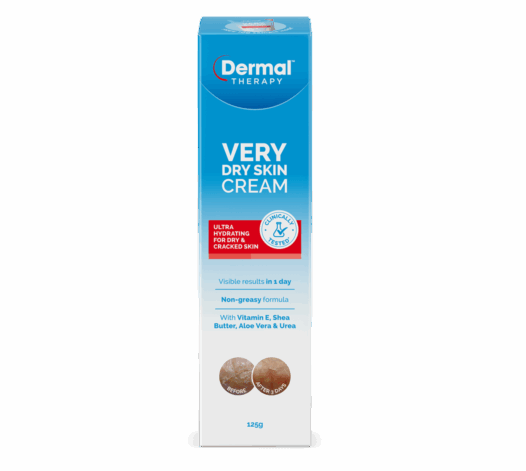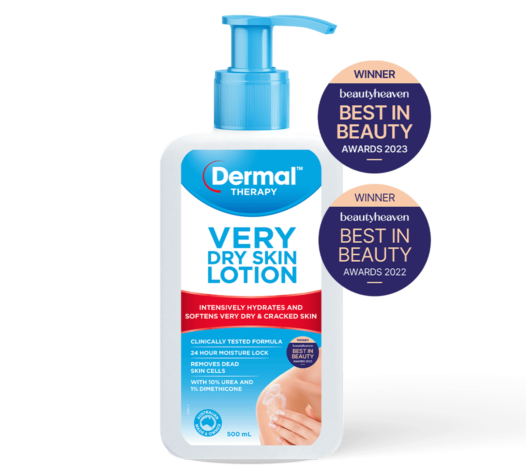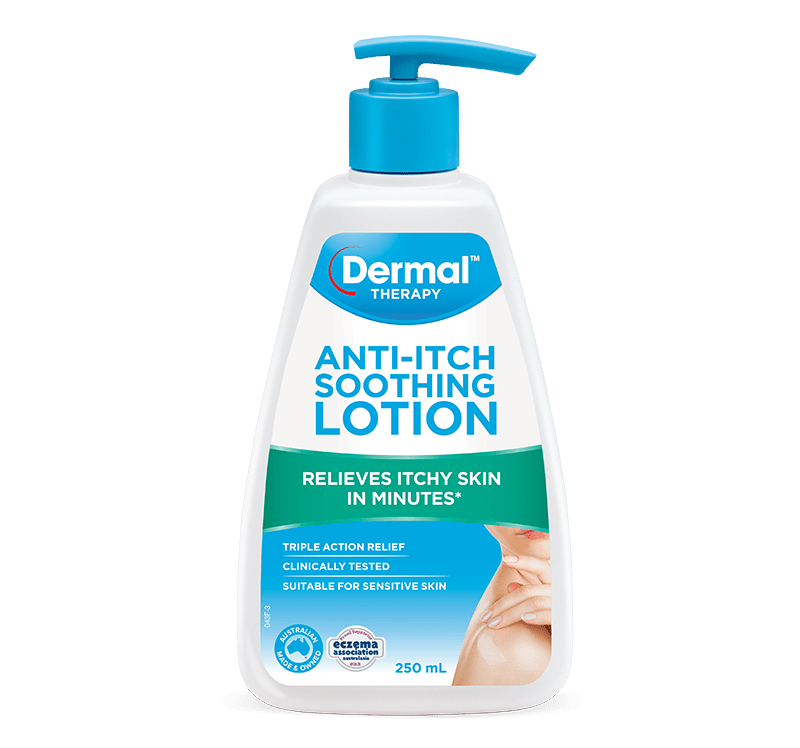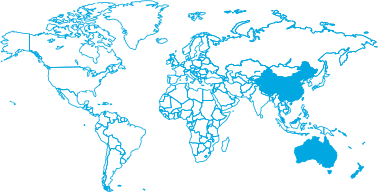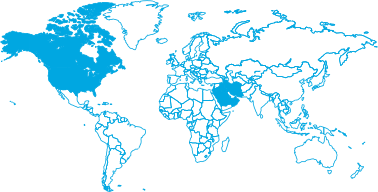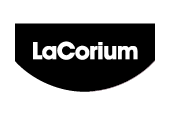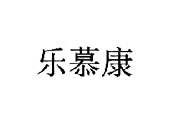Paediatric Infant Psoriasis

Area
Psoriasis
- Paediatric infant psoriasis is a rare but chronic skin condition in young children, causing thick, scaly patches and discomfort, often mistaken for nappy rash.
- Common triggers for infant psoriasis include infections, skin injuries, weather changes, stress, and certain medications, with genetic factors playing a significant role.
- Effective treatment for paediatric psoriasis involves gentle, fragrance-free topical treatments, moisturisation, and regular check-ups with a healthcare provider.
- Psoriasis in infants is diagnosed through a physical examination, and early diagnosis ensures better management and symptom relief with appropriate treatments.
What is Paediatric Infant Psoriasis?
Paediatric infant psoriasis is a chronic inflammatory skin condition that affects infants and young children. Unlike typical psoriasis, which is more common in adults, paediatric infant psoriasis presents unique challenges for young children. Paediatric infant psoriasis sees a rapid turnover of skin cells, leading to thick, scaly skin patches. Although it is less common in infants than in older children and adults, it can still cause significant discomfort for your little one.
Signs of Paediatric Infant Psoriasis
Look out for these signs and symptoms of psoriasis in infants, early diagnosis can help with treatment. Common signs include:
- Nappy Rash: Psoriasis in the nappy area can be mistaken for a severe nappy rash. The skin in this area may appear bright red and shiny.
- Red Patches of Skin: Infants with psoriasis can develop red or pink patches of skin covered with scales. These patches might be localised or spread over larger areas.
- Thickened Skin: The affected areas can become thickened and raised due to the rapid skin cell turnover.
- Itching and Discomfort: Itching is a common symptom, and infants may become fussy or irritable due to the discomfort.
- Cracked and Bleeding Skin: In severe cases, the plaques can crack and bleed.
- Nail Changes: Psoriasis can also affect the nails, causing pitting, discoloration, and separation from the nail bed.
Causes and Triggers of Paediatric Infant Psoriasis
The exact cause of psoriasis is not fully understood, but it usually comes from a combination of genetic and environmental factors. Children with a family history of psoriasis are more likely to develop the condition. Common triggers that can exacerbate psoriasis in infants include:
- Infections: Bacterial and viral infections can trigger or worsen psoriasis symptoms.
- Skin Injuries: Cuts, scrapes, and other skin injuries can lead to the development of new psoriasis plaques.
- Weather: Cold, dry weather can aggravate psoriasis, while humid conditions may provide relief.
- Stress: Emotional stress can impact psoriasis, even in young children.
- Certain Medications: Some medications can trigger or worsen psoriasis symptoms.
Paediatric Infant Psoriasis Q&A

Infant Psoriasis Facts
- It’s Quite Rare
Paediatric infant psoriasis is uncommon compared to older children and adults.
- It’s in the Genetics
Psoriasis often has a genetic component, increasing the likelihood if a family member has the condition.
- Requires Special Care
Treating infant psoriasis requires gentle, fragrance-free products and regular moisturisation. Often a plan will be developed with a medical professional.
- Humidity Helps
Humidity helps keep the skin hydrated, potentially reducing the severity of psoriasis symptoms in infants.
Learn more in our Ultimate Guide to Psoriasis: Symptoms, Treatments, and Expert Advice. Find out how to Identify Eczema and Psoriasis with Pictures and how to Diagnose the Different Types of Psoriasis.

